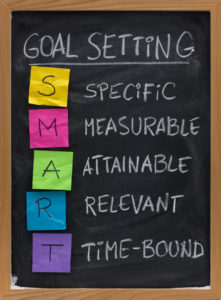Setting Musical Goals
We help students reach their musical goals. What will your goals in music be for September through August? Here are five tips for setting your goals:
5. Know what’s on the menu. Did you know we offer preparation for exams, an ensemble program, competitive and non-competitive music festivals, and student concerts? Give some thought to putting one or more of these or your radar.
4. Build on what you’ve accomplished. Naturally, if you passed a grade two exam last spring, grade three makes the list. But sometimes the skills are transferable. For example, if you improvised a solo at Spring Concerts Week, that creativity could be extended to entering our next Student Composition Festival. Vocal students can expand their range, drum students can expand their tempo range and styles. Piano students should work on accompaniment and playing with a metronome. JS.
3. Know your range. Football placekickers know what distance makes sense for them to make an attempt. Aim to expand your skill set by 30-50% each year. Find a way to make it measurable, such as increasing your repertoire from 10 songs to 15, adding piano or guitar to your skill set in January or August, or performing two pieces unaccompanied on violin.
2. Put first things first. In general, a good sequence goes: play seven songs start-to-finish; play at four student concerts or pass a level one or two exam; sub at two rehearsals; perform one to three songs with a band. Guitar students should work on playing melodies as well as strumming. It helps to write the goals down and place them where you can see them often.
1. Ask for ideas. Your student advisor and private lesson teacher will have ideas for your goals for the year. Remember to set a timeline: A goal without a due date is a dream.

Be smart about goal setting in music.
